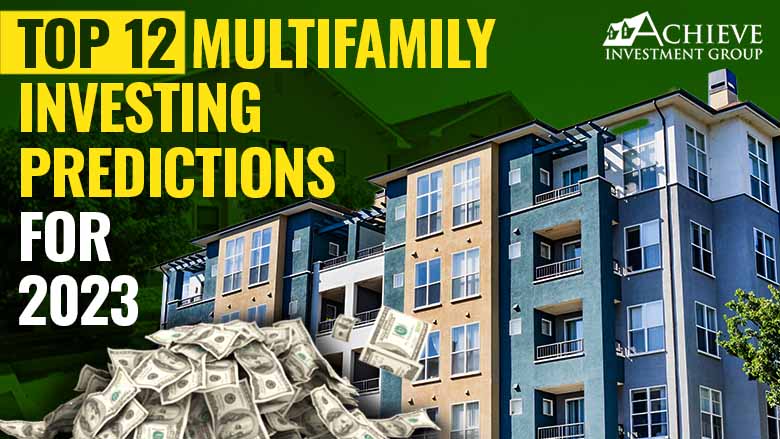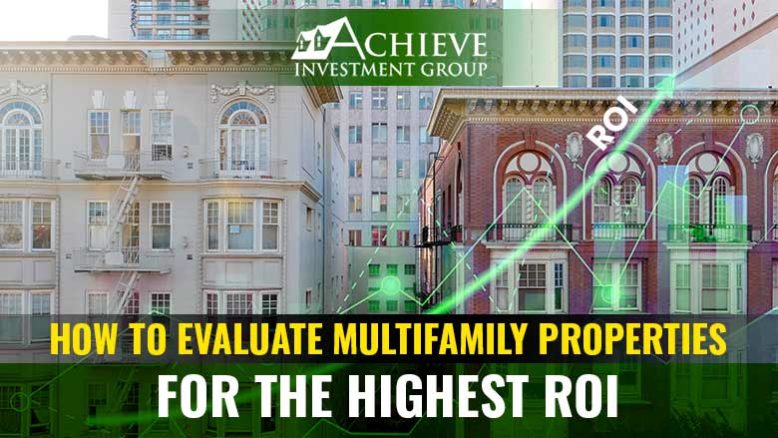Bridge Loans vs. Capital Raising: Which is the Better Option for Your Multifamily Investment Firm?
If you’re a multifamily investor, you know that finding the right financing can be a challenge. Two common options are bridge loans and capital raising, but which one is the better choice for your investment firm? In this blog post, we’ll explore the pros and cons of each option and help you determine which one is right for you. What is Multifamily Investing? Multifamily investing is the process of investing in properties with multiple units, such as apartment buildings, townhomes, or condominiums. Investors can purchase these properties and earn passive income through rental payments from tenants. What is a Bridge Loan? A bridge loan is a short-term loan that is typically used to finance the purchase of a property or to bridge the gap between the purchase of a new property and the sale of an existing property. These loans are usually secured by the property itself and have higher interest rates than traditional loans. Pros of Bridge Loans for Multifamily Investing Fast funding: Bridge loans can be approved quickly, allowing investors to move quickly on properties and secure deals. No prepayment penalty: Bridge loans typically don’t have prepayment penalties, allowing investors to pay off the loan early and save money on interest. Flexible repayment terms: Bridge loans often have flexible repayment terms, allowing investors to customize their repayment schedule based on their cash flow needs. Cons of Bridge Loans for Multifamily Investing High-interest rates: Bridge loans often have higher interest rates than traditional loans, which can add up quickly. Short-term financing: Bridge loans are typically short-term loans, with repayment periods ranging from six months to three years. High risk: Because bridge loans are secured by the property itself, investors run the risk of losing the property if they’re unable to repay the loan. What is Capital Raising? Capital raising is the process of raising money from investors to finance a multifamily property. Investors can contribute money to a project in exchange for a share of the profits. Pros of Capital Raising for Multifamily Investing No interest payments: When investors contribute money through capital raising, there are no interest payments to make. Long-term financing: Capital raising can provide long-term financing for multifamily properties, allowing investors to hold onto the property and earn passive income for years to come. Diversification: Capital raising allows investors to diversify their portfolio by investing in multiple properties with different levels of risk. Cons of Capital Raising for Multifamily Investing Time-consuming: Capital raising can be a time-consuming process, requiring investors to find and pitch to potential investors. Limited control: When investors contribute money through capital raising, they often have limited control over the management of the property. Sharing profits: Investors who contribute money through capital raising must share the profits with other investors. Which Option is Right for Your Multifamily Investment Firm? Ultimately, the decision between bridge loans and capital raising depends on your investment goals and your current financial situation. If you need fast financing and are willing to take on a higher level of risk, a bridge loan may be the best option for you. If you’re looking for long-term financing and want to diversify your portfolio, capital raising may be the better choice. Regardless of which option you choose, it’s important to work with a qualified team of professionals, including attorneys, accountants, and financial advisors, to ensure that you’re making the best decisions for your investment firm. With the right guidance and support, you can build a successful multifamily investment portfolio that generates passive income for years to come.






